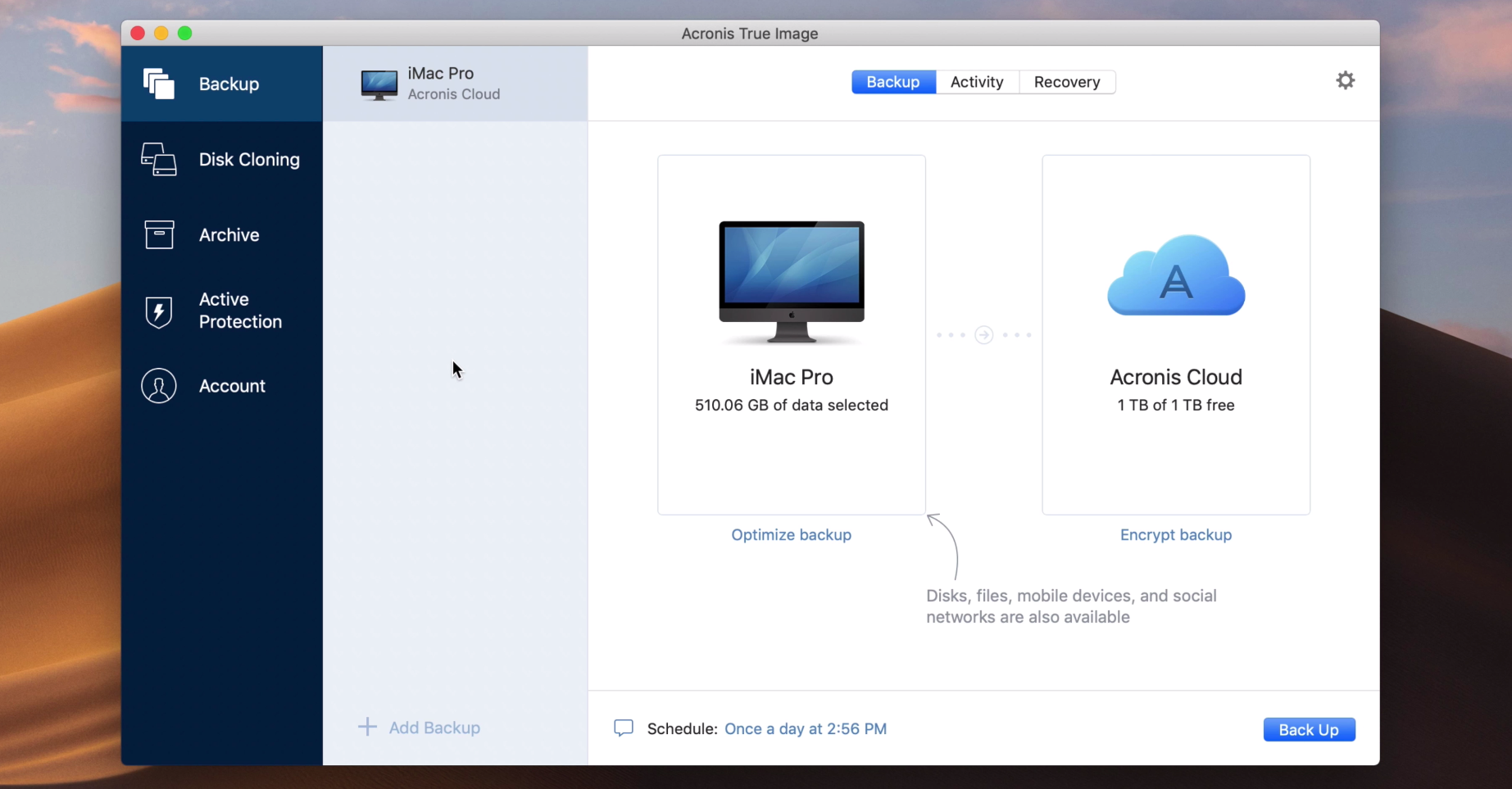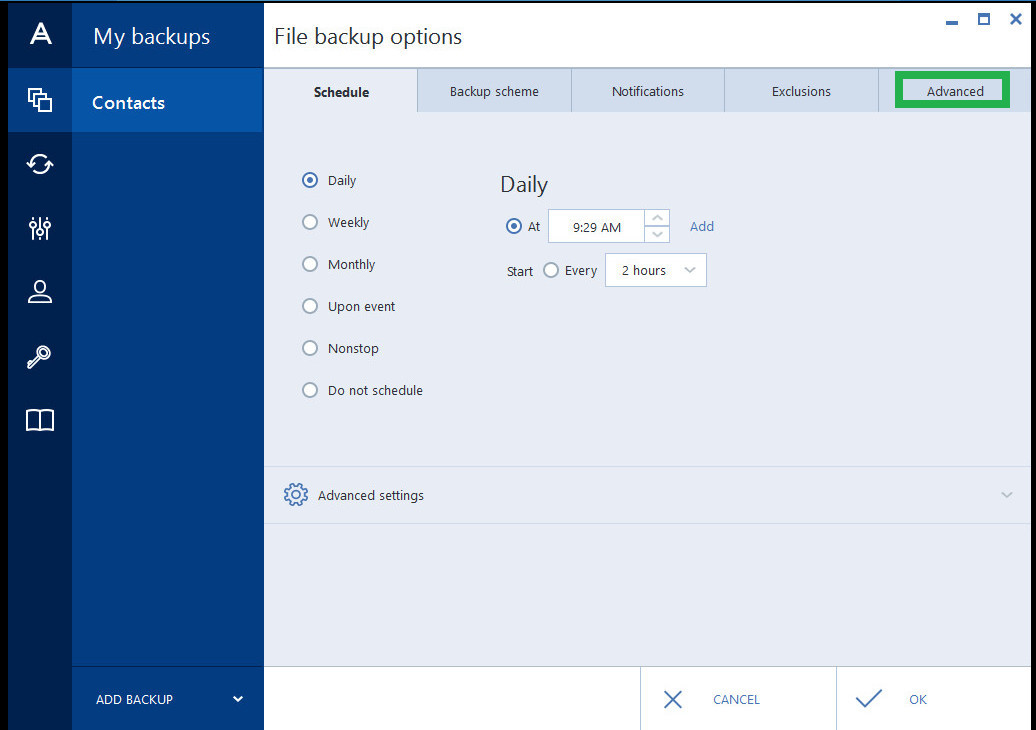

It’s important to note that disk cloning should not be confused with disk imaging.
#ACRONIS TRUE IMAGE VERIFICATION#
Some software tools offer verification features to ensure that the cloned drive is an exact replica of the source drive.

Initiate the cloning process: Start the cloning process and wait for it to complete.

Launch the cloning software: Open the cloning software and follow the instructions provided to select the source drive (the drive you want to clone) and the target drive.It could be an external hard drive, a network storage device, or another internal drive. Connect your target drive: Ensure that your target drive, where the cloned copy will be stored, is properly connected to your computer.Research and select the one that best suits your needs. Choose a reliable disk cloning software: Numerous software tools are available in the market, such as Clonezilla, Macrium Reflect, and Acronis True Image.Now, let’s briefly explore the process of disk cloning: This eliminates the need to reinstall software and configure settings manually, ensuring a smooth transition without any data loss. When upgrading to a new computer or replacing a failing hard drive, disk cloning allows for a seamless transfer of all your data and settings from the old drive to the new one. Instead of individually installing the operating system and applications on each machine, an IT administrator can clone a single drive and then distribute it to the rest of the computers, saving valuable time and effort. Disk cloning offers several other advantages that make it a valuable tool for both individuals and businesses: Streamlined System Deployment:įor organizations that need to deploy multiple computers with identical software configurations, disk cloning provides a quick and efficient solution. Instead of starting from scratch, you can use this cloned copy to quickly restore your system to its previous state.īut that’s not all. This is where disk cloning comes to the rescue.ĭisk cloning, in simple terms, involves creating an exact replica of your entire hard drive or SSD, including the operating system, applications, files, and even the system settings. Suddenly, disaster strikes! Your hard drive fails, and all your data is lost. Imagine you’ve spent hours customizing your computer, installing essential software, and organizing your files just the way you like them. Now, let’s dive deeper into the world of disk cloning and unravel its intricacies. It is commonly used for backup purposes, system migration, and streamlining the deployment of multiple systems.Disk cloning is the process of creating an identical copy of a computer’s hard drive or solid-state drive (SSD).Once installed, the application will allow you to create a bootable floppy or CD, booting from which you can create disk/partition images and restore them on your computer without any operating system.
#ACRONIS TRUE IMAGE WINDOWS#
Supports all Windows and Linux file systems including FAT 16/32, NTFS, Linux Ext2/Ext3, ReiserFS-3, and Linux SWAP. P-ATA (IDE), S-ATA, SCSI, IEEE1394 (Firewire), and USB 1.0 /2.0 drives.Acronis True Image supports the most common storage devices: Acronis True Image is a powerful tool for creating accurate images of hard drives and individual partitions, including absolutely all data, applications, and operating systems, which can be restored at any time on the same or another computer directly in Windows without rebooting!Īcronis True Image not only provides data backup but also reliable protection against a wide range of threats, including computer viruses, unstable software installation, and hard drive failure.


 0 kommentar(er)
0 kommentar(er)
